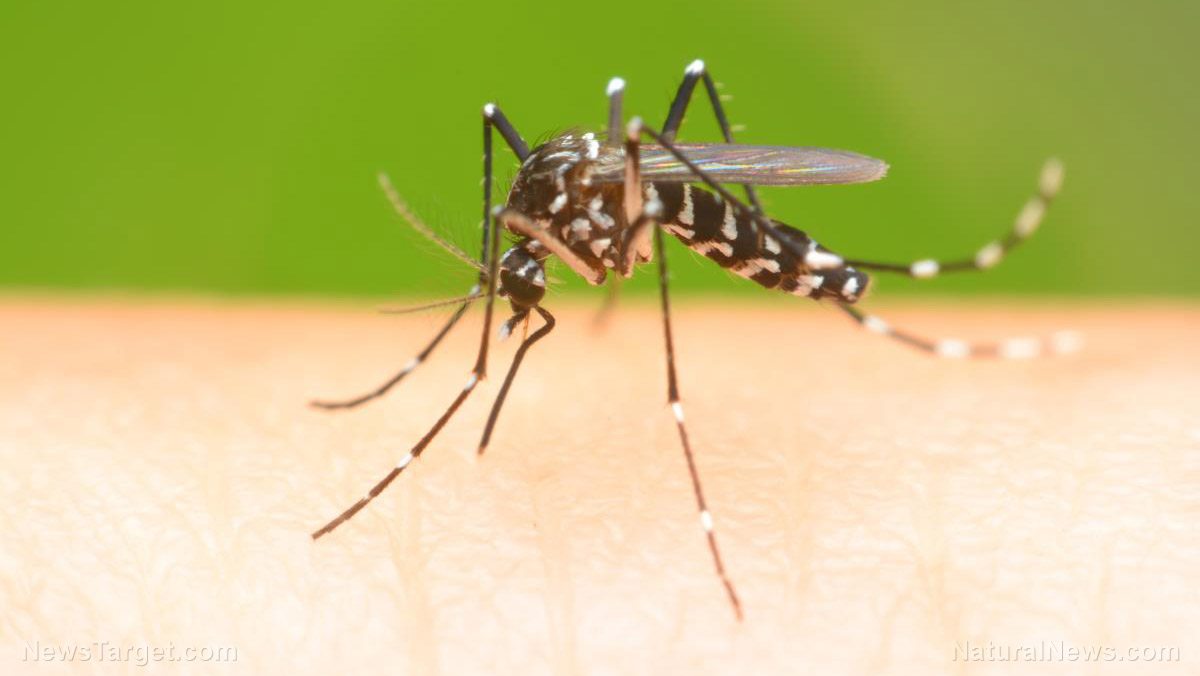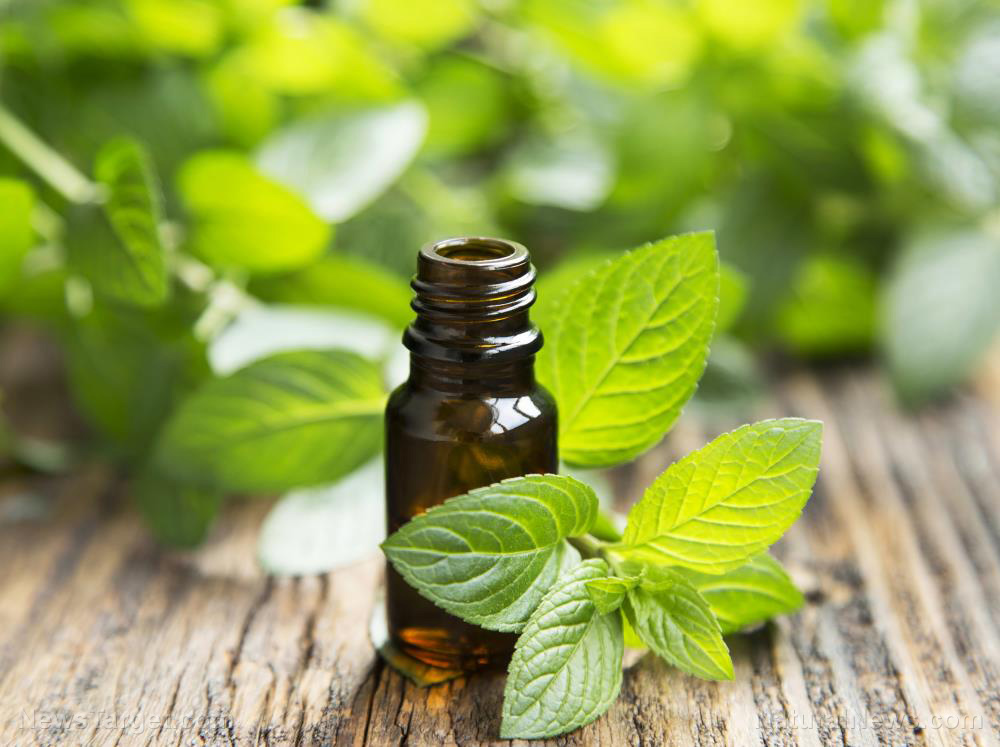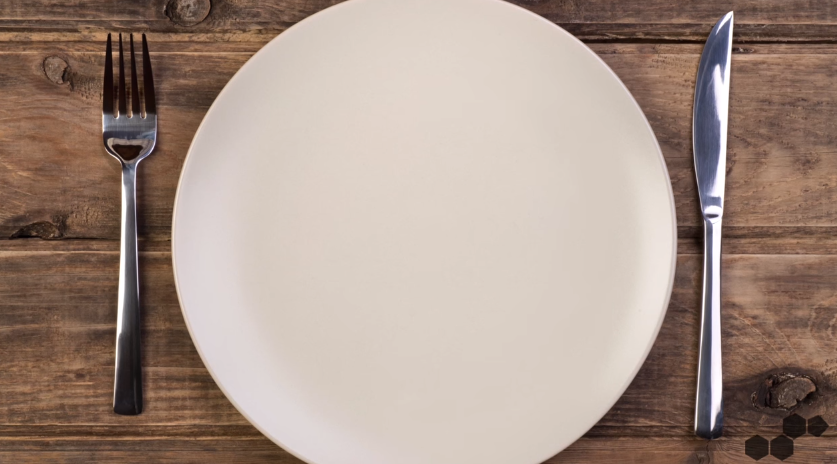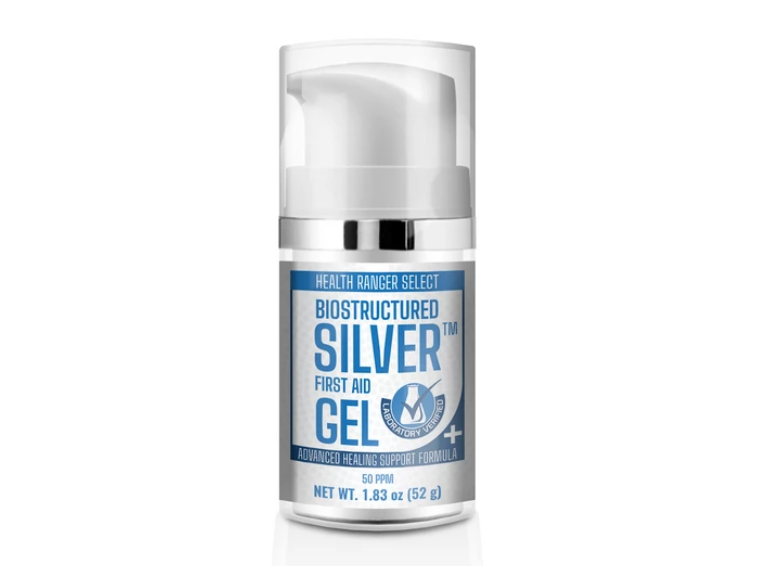Mixed fruit juices offer more nutrients than if you consume each fruit individually
10/01/2018 / By Ellaine Castillo

In the past years, there has been an increased interest in juicing, allowing more people to get their daily nutritional needs. Some tropical fruits that are commonly used for making juices include persimmon, orange, and pineapple. A study conducted by researchers from the Federal University of Lavras looked into the possibility of combining these fruits to come up with a low-calorie mixed juice with optimum sensory and nutritional characteristics. In addition to this, they also considered the desired physicochemical characteristics in juice production.
Juicing is a process wherein juices are extracted from fresh fruits or vegetables. The resulting juice contains majority of the vitamins, minerals, soluble fibers, and antioxidants found in the fruit or vegetable source. Drinking juices can improve nutrient absorption, as well as make it easier for people who dislike eating fruits or vegetables to get the nutrients they need.
Although juices can just come from one fruit, there are many advantages to coming up with mixed fruit juices. Mixed fruit juices have unique flavors, improved color and consistency, as well as increased nutritional value. In addition to these, mixed juices also have economical advantages for the producer. These include cost reduction since expensive and rare fruits can still be incorporated into juices at smaller quantities.
In this study, which was published in Food Science and Technology, orange, pineapple, and persimmon were combined to create a mixed juice. The researchers used optimization tools, namely, mix design and response surface methodology to determine the exact ratios that would produce the optimal sensory and nutritional characteristics. Using mix design, they were able come up with seven juice formulations.
The bioactive compounds present in these seven juices were determined, along with their antioxidant activity. From these experiments, it was observed that orange juice and orange-pineapple juice had the highest vitamin C content. On the other hand, pineapple-persimmon and orange-pineapple-persimmon juices had the highest phenol content and antioxidant activity.
Additionally, physicochemical characteristics, such as total soluble solids, total acidity, pH, and color, were also determined and correlated with sensory evaluations by the consumers. In total, 90 participants were surveyed for their acceptance of the juices based on based on color, taste, texture, and overall liking. It was observed that consumers liked persimmon juice the least while they like orange-pineapple-persimmon juice the best. These results show that consumers preferred juices with higher soluble solids content and acidity since they had a sweeter taste. In addition to this, they also preferred juices with a less intense red color.
The findings reveal that sensory and nutritional characteristics of juices from orange, pineapple, and persimmon were better when they were mixed together than when consumed separately. Recommended formulations for the mixed juices are 50 percent pineapple with 50 percent persimmon or 33 percent each of pineapple, persimmon, and orange since these formulations exhibited the highest nutritional content, as well as the desired physicochemical properties.
Improved properties of the orange-pineapple-persimmon mixed juices are attributed to a synergistic effect that should further be studied so that the different health benefits of juicing can be fully enjoyed. (Related: Five ways juicing could help save your life.)
Mixed juice recipes
Aside from orange-pineapple-persimmon juice, there are many other fruits and vegetables that can be combined for juices. The following are some recipes for mixed juices along with their corresponding health benefits:
- Carrot and orange – The combination of carrot and orange combines vitamins A and C, which boost the immune system.
- Green juice – This juice is rich in vitamin K that is important for bone health. The juice is made by combining green leafy vegetables like parsley, spinach, pears and celery.
- Blueberry and cabbage – Combining blueberry and cabbage will produce an anthocyanin-rich juice that helps improve memory due to its antioxidant activity.
Learn more about the health benefits of the orange-pineapple-persimmon juice by visiting FoodScience.news today.
Sources include:
Tagged Under: #nutrition, antioxidants, disease prevention, food science, fruit juices, fruits, healthy juices, juices, juicing, mixed juices, natural cures, natural remedies, nutrients, Orange, Orange Juice, persimmon, phytonutrients, Pineapple
RECENT NEWS & ARTICLES
COPYRIGHT © 2017 NATURAL CURES NEWS




















